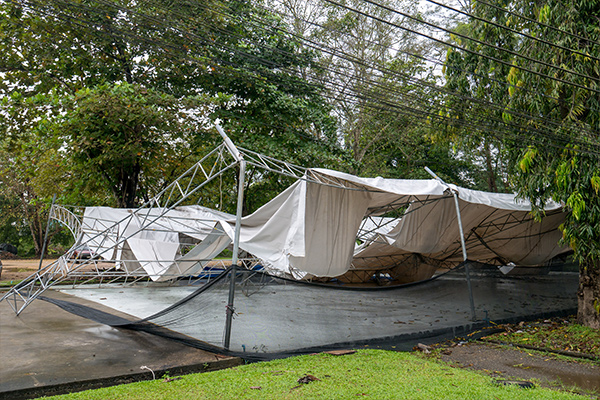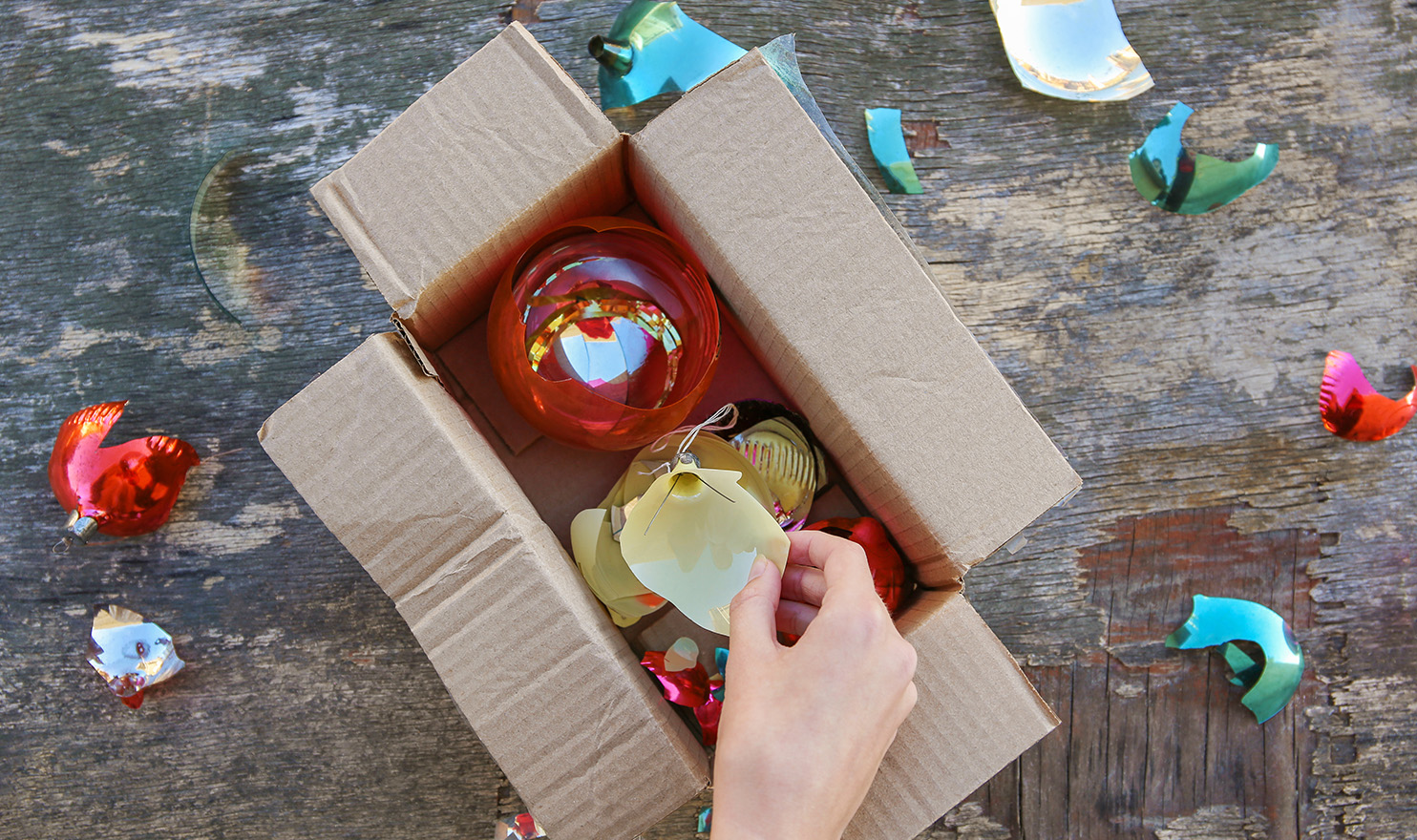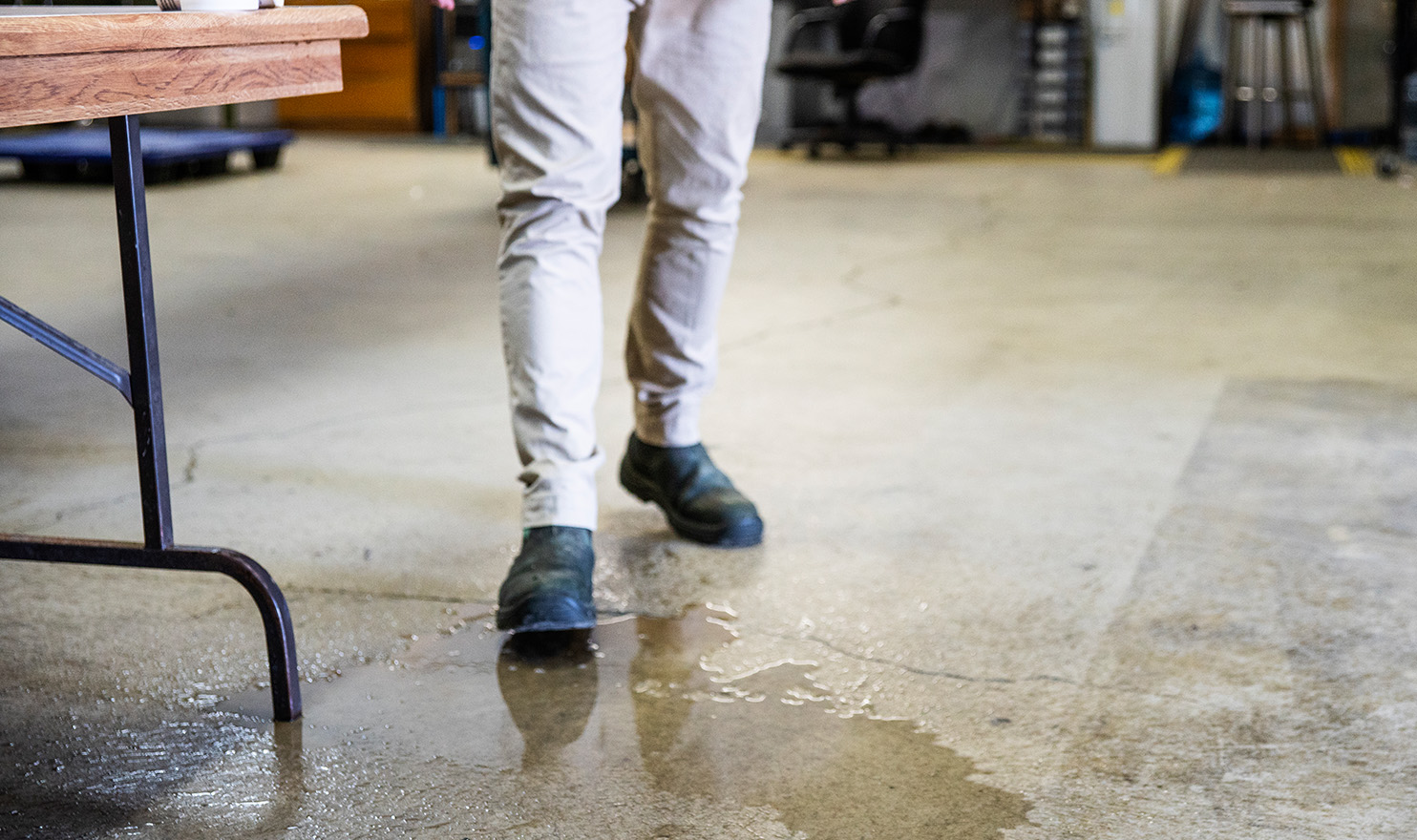If the last few years have taught us anything, it’s that life is unpredictable. Even the most meticulous planners will encounter unforeseen circumstances. The best thing we can do is prepare to expect the unexpected.
The same goes for your small business. While we wish you didn’t have to deal with mishaps and misfortunes, accidents happen. Some are more common than others, and knowing what they are can help you lower the chances of it happening to you.
Let’s take a look at some of the most common claims artists and crafters face, and how you can avoid them.

Common Claim #1: Unexpected Weather Conditions
A gust of wind, a sudden rain storm, or a flash flood could unexpectedly disrupt vendors at an event. This could lead to your tent collapsing onto your display, or your tent being blown into another vendor’s booth or car. Your property, and the property of others, is at risk of being damaged (sometimes beyond repair). Sometimes these incidents even lead to injuries if vendors or customers are present at the time of the incident.
Depending on the nature of the accident, you may be responsible for covering the cost of damages and injuries done by your business property—even if the ultimate cause was from weather. One way to help you prepare for unexpected weather is to weigh down your tent so it isn’t as easily moved by wind. You can also tie down table clothes and reinforce any stands or displays to keep them sturdy.
When it comes to insurance, the following policies and coverages may help you pay for the cost of an unexpected weather claim:
- General Liability Insurance
- Tools, Supplies, & Inventory Coverage
- Medical Expense Limit

Common Claim #2: Stolen Inventory
If you work out of your home, the inventory and supplies you use in your personal workspace are at risk of being stolen during a home invasion. Or, while transporting your inventory to sell at an event, you risk having your products stolen from your vehicle. Most commonly we see artists have their inventory at an event, whether it was a central checkout market, items were stolen during a show, or overnight at weekend shows.
To help protect your extra inventory in a home or studio, try keeping your supplies in a locked room when not in use. During travel, never leave your inventory in plain sight. Keep them in storage boxes with a blanket or towel over the top while in a vehicle. While at a show, take any leftover inventory with you at the end of the day and try to have someone working your booth at all times. You can secure items that are being left overnight in a box with a lock, even if it’s just a bike lock around your storage container.
Tools, Supplies, & Inventory Coverage is the best way to insure your items against theft, since it is one of the only policies that covers incidents that happen directly to your business.

Common Claim #3: Shipping Damages
Many creatives sell their products online, whether that’s through their own personal website or an online marketplace like Amazon or Etsy. Shipping can sometimes lead to product damage, resulting in defects that may harm a customer or alter the product’s ability to work properly which may lead to property damage.When a product is damaged beyond repair, you are now out the costs to remake and refund the item.
Having the right kind of packaging is key when it comes to lowering the chance of damages. While things like bubble wrap can help if the package is dropping or handled roughly, wrapping your product in plastic or another container can help against water damage and leaks.
When it comes to insurance, the following policies and coverages may help you pay for the cost of shipping damage claims:
- Tools, Supplies, & Inventory Coverage
- Products & Completed Operations
- Medical Expense Limit

Common Claim #4: Slip & Fall Accidents
Another common claim we see happen at events are slips, trips, and falls in a booth. Someone can trip over the leg of a table, a part of your display, or an electrical chord you are running through the booth. Sometimes these accidents can also cause damage to the area they take place in, such as scratches to flooring, marked up walls, and broken windows or mirrors.
Make sure your booth has adequate space for someone to walk around and that any walking space is free from obstructions. It’s also important to have good lighting. If something spills in your booth, you want to have a way to clean it up quickly to prevent slipping.
The best type of insurance coverage to handle slip and fall accidents are:
- General Liability Insurance
- Medical Expense Limit
- Damage to Premises Rented to You

Common Claim #5: Product Injuries
While you never intend for anyone to be hurt by your product, accidents can still happen. Someone can be cut on sharp edges, dyes can transfer onto skin, metals can cause allergic reactions, products may malfunction and lead to burns, or choking can occur with small parts. If a product is mislabeled, or you fail to provide warnings or instructions, you may be held liable for the accidents caused by the misuse of the product.
Always do your best to disclose ingredients you use and instructions to help with proper use and safety. This can even include instructions for hanging a painting or art piece. Also make sure you inspect your products and securely wrap them before shipping. If you use any parts in a piece that you don’t make on your own, keep up-to-date with any recalls those products may have—manufacturing defects are a leading cause of product liability claims.
When it comes to insurance coverage, the following policies may help you with product liability claims:
- Product Liability Insurance
- Medical Expense Limit
Coverage Definitions
General Liability Insurance—Included on the ACT Pro and ACT Go policy, this coverage can help you with third-party damages and injuries. These are things that happen to other people or property because of your operations or supplies. It is not coverage for any damages that may happen to your own booth, supplies, or inventory.
Tools, Supplies, & Inventory Coverage (Inland Marine)—Only available on the ACT Pro policy, this coverage is designed to help you with first-party damages. If your tent, display, tools, inventory, or any other tangible property related to your business is damaged, this may help pay for the repairs or loss of items. It does not cover the retail value of finished products, rather the cost of the supplies to make that product.
Damage to Premises Rented to You—Included only both policies, this coverage is for fire damage that may occur in a space you rent, such as a studio, workspace, or a stall/permanent booth at an event.
Medical Expense Limit—Included on both policies, this coverage helps to cover up to $5,000 of medical bills you may be responsible for if your business or product is the cause of injuries or illnesses. If someone has to visit a specialist for a rash caused by your product, needs stitches after a defective product leaves a deep cut, or must attend physical therapy after tripping in your booth, these expenses may be covered under your policy.
Products & Completed Operations Coverage (Product Liability)—Only available on the ACT Pro policy, this coverage can help you pay for injuries or damages caused by your product. This could be someone who has an allergic reaction to a dye you used in handmade clothes, or stains on their tile floor from your handmade pottery. It also may cover products that are damaged in shipping to a customer.










